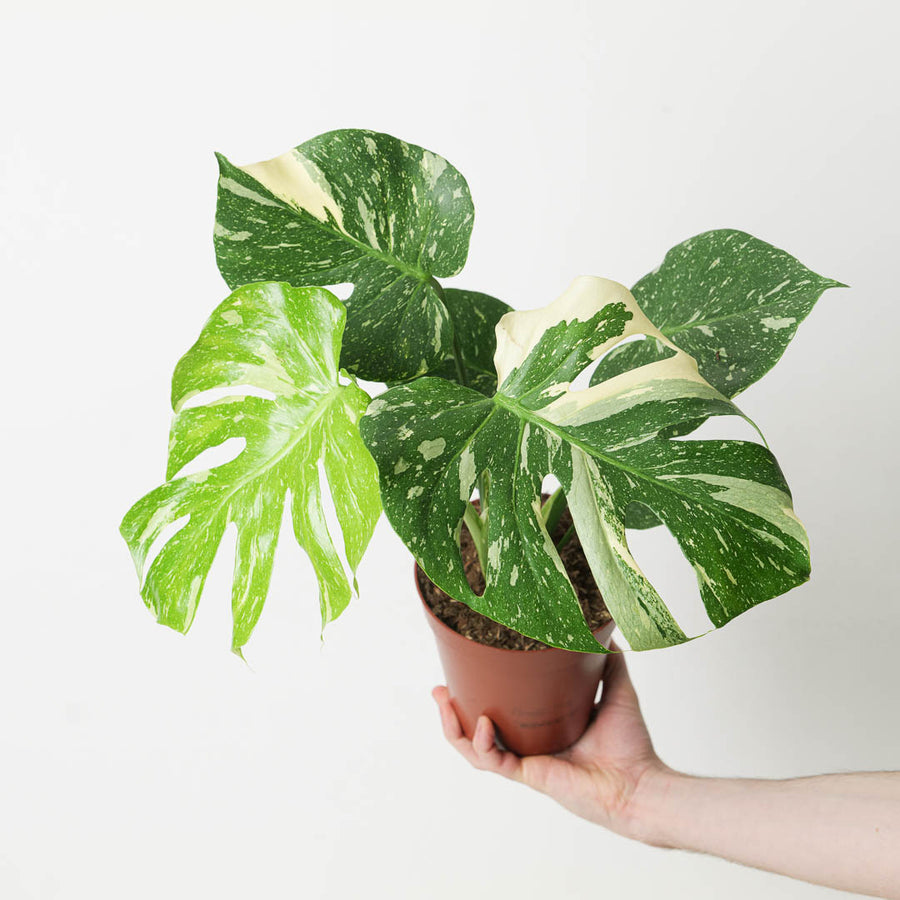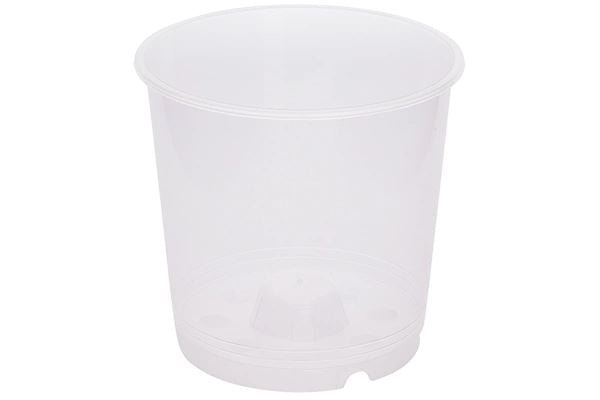Jasmine
Jasmine plants are beloved worldwide for their exquisite white blooms and captivating fragrance. As members of the Oleaceae family, they flourish outdoors in various climates but also adapt beautifully to indoor environments. Beyond their aesthetic appeal, jasmine plants fill your home with a refreshing scent and hold cultural significance, often symbolising love, purity, and positivity in different traditions, making them a cherished choice for weddings and celebrations.
This quick guide will help you nurture your jasmine plant indoors, ensuring it thrives under your care.
What lighting is best for Jasmine?
Jasmine thrives in bright, indirect light. A sunny windowsill or a well-lit room is ideal for keeping this plant healthy. If natural sunlight is limited, consider using a grow light to supplement its light needs, ensuring it continues to flourish and bloom indoors.
How often should I water my Jasmine?
Jasmine prefers consistently moist soil but should never be left sitting in water. Water your Jasmine plant when the top inch of the soil feels dry. During the growing season, regular watering is essential to support vigorous growth and blooming. Reduce watering in the winter when the plant’s growth slows.
How can I encourage blooms on my Jasmine?
To encourage abundant flowering, feed your jasmine plant with a balanced liquid fertiliser every two to four weeks during the growing season (spring and summer). A phosphorus-rich fertiliser can help boost bloom production, ensuring a spectacular display of flowers.
Repotting Jasmine
Jasmine plants do best when repotted every one to two years, especially as they grow quickly and can outgrow their pots. We suggest using our Simply Houseplant Mix which provides good drainage and aeration. When repotting, choose a pot slightly larger than the previous one to give the roots ample space to grow.
Common Issues when growing Jasmine indoors
While jasmine is generally easy to care for, a few common issues may arise. Here are those our customers have experienced in the past.
Pests
Aphids, spider mites, and whiteflies can sometimes infest jasmine plants. Regularly inspect the leaves and stems for signs of pests. A gentle spray of insecticidal soap or neem oil can help keep these invaders at bay.
Diseases
Overwatering can lead to root rot, a serious issue that can kill the plant. Ensure the pot has proper drainage and allow the soil to dry slightly between waterings.
Yellowing Leaves
This can be caused by inadequate light, overwatering, or nutrient deficiencies. Adjust care accordingly by moving the plant to a brighter spot, reducing watering, or feeding with a balanced fertiliser.
Lack of Blooms
If your jasmine isn't flowering, it may not be receiving enough light or nutrients. Make sure it gets plenty of bright light and consider a phosphorus-rich fertiliser to encourage blooming.
Jasmine is a fantastic indoor plant that rewards growers with rapid growth and mesmerising white flowers. With proper light, watering, feeding, and repotting, your jasmine plant will thrive indoors and bring joy for years to come. Whether you’re a seasoned gardener or a beginner, this plant is a delightful addition to any indoor space.
Explore our fantastic choice of Jasmine and other houseplants here.





